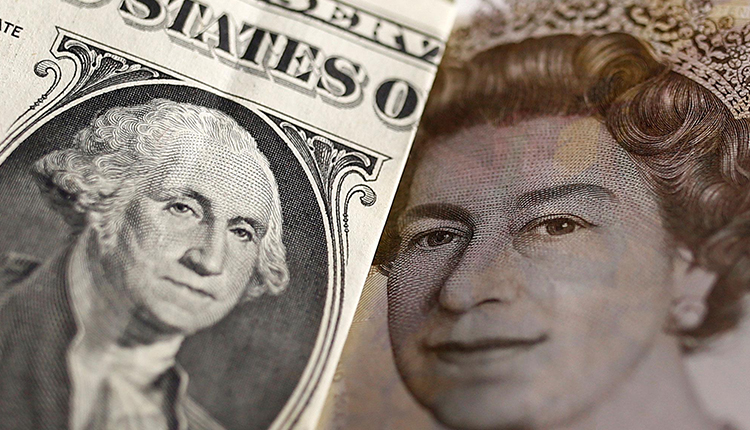Dollar jumped high to a two-decade peak on Wednesday as rising global interest rates fed recession worries, while sterling inched low after the latest warnings about Britain’s radical tax cut plans.
The U.S. dollar index inched up around 0.5 percent to hit a new high of 114.78, its march higher helped by an equally relentless climb from benchmark U.S. 10-year Treasury yields, which rose to 4 percent for the first time since 2010, rising as high at 4.013 percent.
The dollar’s gains were wide-ranging. The euro inched down 0.43 percent to $0.956, under-fire sterling down a 0.7 percent at $1.0678 and the Australian dollar, which is particularly sensitive to swings in investors sentiment, down 1 percent.
“Resistance (to dollar strength) is futile,” ING analysts highlighted.
“Whether it be U.S. data surprising on the upside, the U.S. Administration showing no concern at all with the strong dollar, or new chapters in the energy war in Europe, it looks like all systems are go for the dollar rally.”
“Trying to pick a dollar top in the current climate is an exercise in futility.”
The Federal Reserve has led the global fight toward rising inflation, turning even more aggressive recently by signalling further big rate increases on top of super-sized steps in the past few months.
That message was heightened on Tuesday by Chicago Fed President Charles Evans, St. Louis Fed President James Bullard and Minneapolis Federal Reserve Bank President Neel Kashkari. Evans also said that the central bank will need to rise interest rates to a range between 4.50 percent and 4.75 percent.
Moreover, the yen last bought 144.53 per dollar, still near its lowest levels in years even after Japan’s intervention to prop up the fragile currency last week.
Still in Asia, another milestone dropped on Wednesday, with as Chinese offshore yuan falling as far as 7.249 per dollar, the lowest level since such data became available in 2011.
There are signs policy makers are starting to get concerned. Reuters reported on Tuesday that Chinese monetary authorities have questions to local banks to revive a yuan fixing tool it abandoned two years ago as they seek to steer and defend the rapidly weakening currency.


